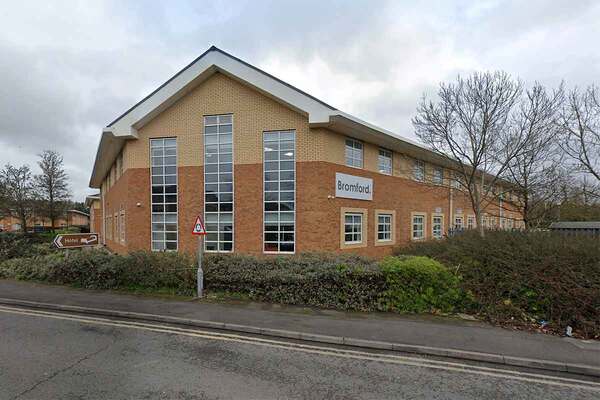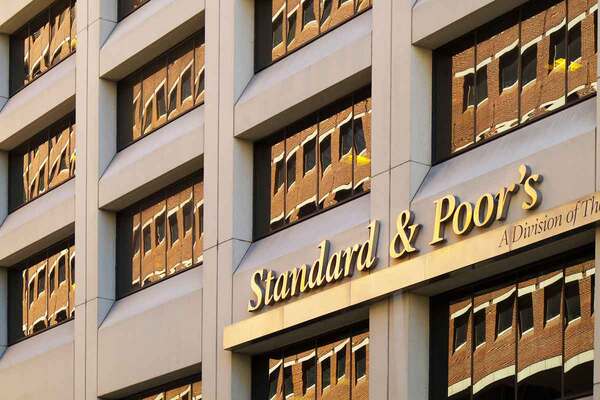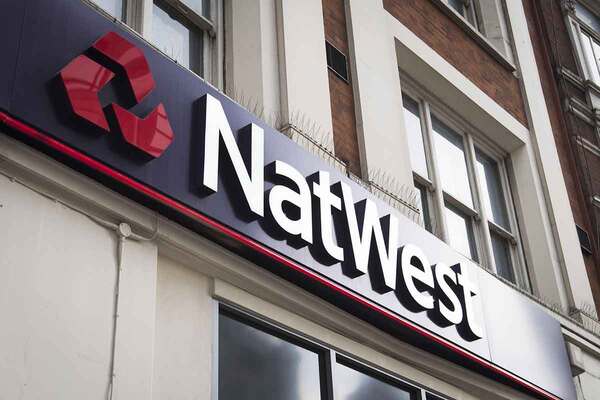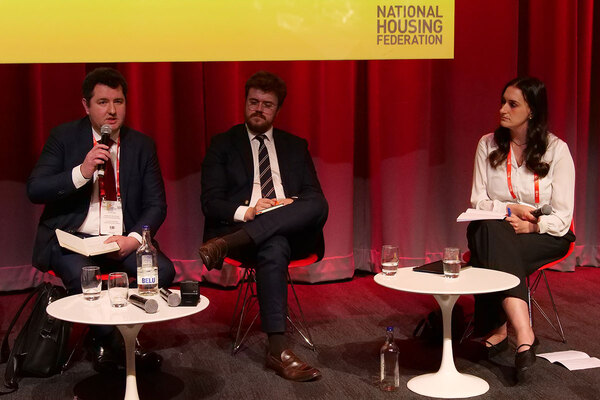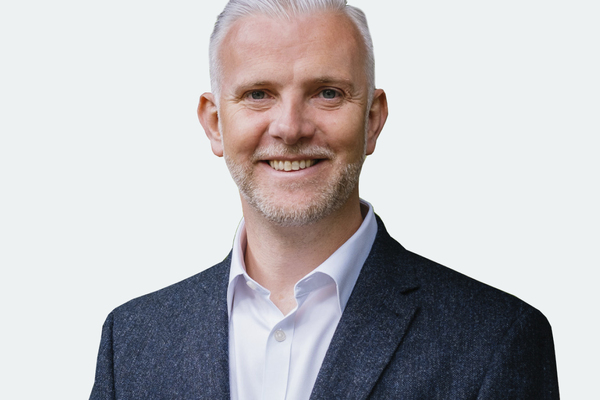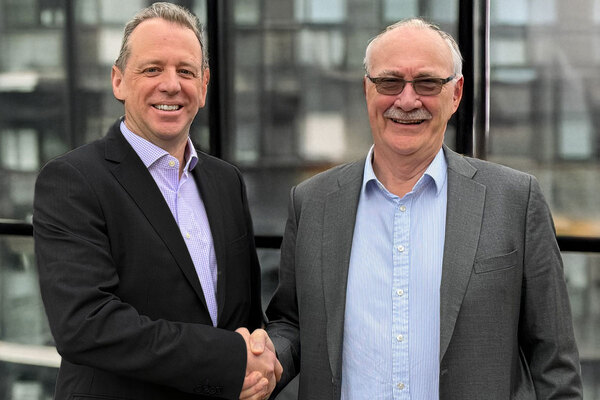Bromford: merger with Flagship will create nearly £2bn in additional capacity
Bromford’s planned merger with Flagship will create additional capacity of nearly £2bn over the next 15 years, the West Midlands-based landlord has said.
The 47,000-home West Midlands-based landlord and 33,000-home Flagship announced plans to merge in June.
At the time, the providers said that Bromford would become the group parent and the new 80,000-home group would be renamed Bromford Flagship.
In its half-year results for the six months ending 30 September 2024, Robert Nettleton, chief executive of Bromford, said: “In June 2024 we announced our intention to merge with Flagship Housing Group and plan to merge in the first half of 2025.
“This will create additional capacity of nearly £2bn over the next 15 years to deliver at scale and help support the government in its target to build 1.5 million new homes in the next five years.”
Matthew Rose, director of treasury at Bromford, said the landlord expects to return to the market for new funding over the coming year and has “significant capacity for additional borrowing”. At the start of July, the landlord agreed a £200m sustainability-linked loan from NatWest.
“We will aim to strengthen and develop relationships with existing investors and continue to explore opportunities to diversify funding streams, especially as the merger with Flagship creates one of the strongest UK housing associations,” he said.
The half-year results showed that Bromford’s post-tax surplus rose by £3m year-on-year to £36m in the six months to 30 September. Operating surplus, excluding asset sales, increased by £2m over the same period to reach £50m.
Turnover rose by nine per cent from £153m to £167m, while turnover from social housing lettings climbed from £132m to £147m – 88 per cent of total turnover.
Paul Walsh, chief finance officer at Bromford, said that the housing association was pleased to report a “strong set of financial results”. He said this was achieved despite the landlord, like the rest of the sector, facing cost pressures and increased demand for repairs and maintenance services.
In the first six months of the year, Bromford invested £34m in existing homes to respond to this demand and to “significantly reduce” its repairs backlog, Mr Walsh said. This was an increase from £25m in the same period in the previous financial year.
“We are committed to delivering the best possible outcomes for our customers whilst also maintaining financial discipline and have maintained our social housing operating margin at the leading edge of the sector at 34 per cent,” Mr Walsh said.
Overall operating margin fell slightly from 31 to 30 per cent, which was in part due to increased demand for repairs, with 20 per cent more demand year-on-year in the first six months, Mr Walsh said.
“We expect this to continue into the second half of the year,” he added.
The margin on first tranche sales of shared ownership fell from 21 to 15 per cent, which Mr Walsh said had an impact on overall operating margin.
He said: “The expenditure on reducing our outstanding repairs in the period has resulted in a lower EBITDA MRI interest cover figure year-on-year.”
The figure fell to 1.8x, down from 2.2x.
Meanwhile, asset gearing rose from 41 to 42 per cent.
The results also showed that in the six months to 30 September, Bromford completed 457 homes, a drop from 472 in the same period the previous financial year.
The total of 457 homes included 220 homes for social rent, 125 for affordable rent, 108 for shared ownership and four for open market sale.
Sign up for Social Housing’s weekly news bulletin
Social Housing’s weekly news bulletin delivers the latest news and insight across finance and funding, regulation and governance, policy and strategy, straight to your inbox. Meanwhile, news alerts bring you the biggest stories as they land.
Already have an account? Click here to manage your newsletters.
RELATED


